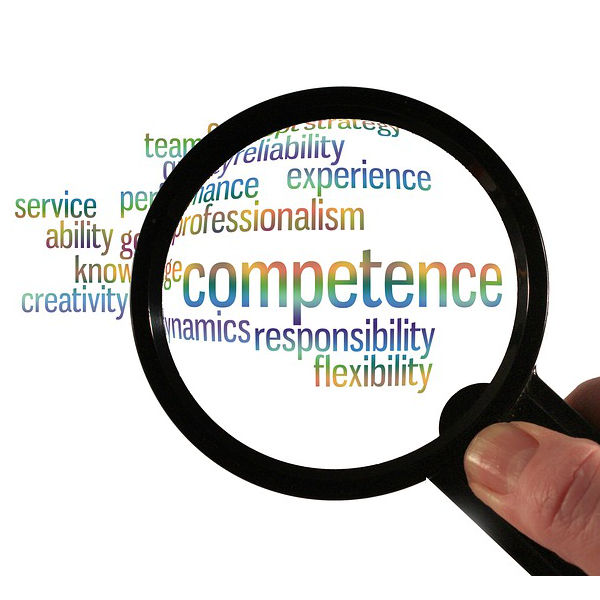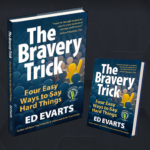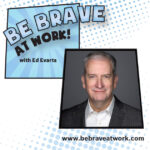
by Ed Evarts | Feb 6, 2020 | Introduction, Visibility and Value
It is natural to not pay attention to something you do all the time. However, you should not confuse being practiced at something with being good at something. You eat all of the time, yet that does not mean you eat what you should. You sleep all of the time, yet that...

by Ed Evarts | Jan 23, 2020 | Introduction
You may be surprised to find that “introduce yourself” is the first Raise Your Visibility & Value visibility accelerator. After all, introducing yourself to others seems so simple. What is difficult about saying “hello” and shaking the hand of a new...

by Ed Evarts | Sep 18, 2018 | Introduction, Visibility and Value
You may be surprised to find that introduce yourself is the first Raise Your Visibility & Value visibility accelerator. After all, introducing yourself to others seems so simple. What is difficult about saying “hello” and shaking the hand of a new colleague? Carl...

by Ed Evarts | May 15, 2018 | Introduction, Visibility and Value
As part of my recurring marketing effort, I love to network with prospects, friends, and colleagues. A great colleague of mine, Mimi McGrath, contacted me last week to grab a cup of coffee and catch-up. Among a number of items, Mimi wanted to share some observations...

by Ed Evarts | Apr 5, 2018 | Introduction, Visibility and Value
Here’s the reality. There is no one best way to introduce yourself to others. The internet is filled with tips and ideas on how to construct a 30-second commercial. Who is to say which one is right for you? In reality, most folks don’t need a construct on how to craft...











